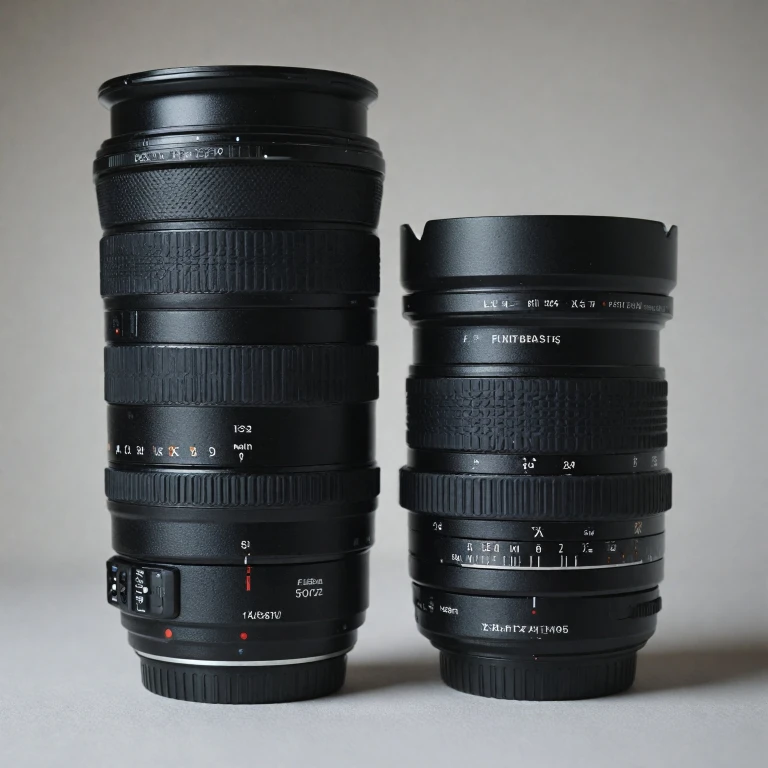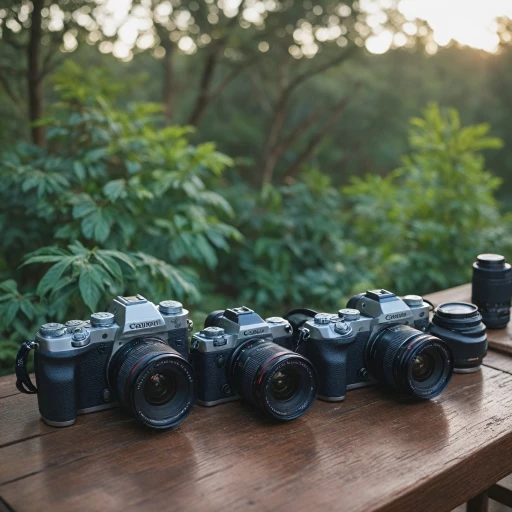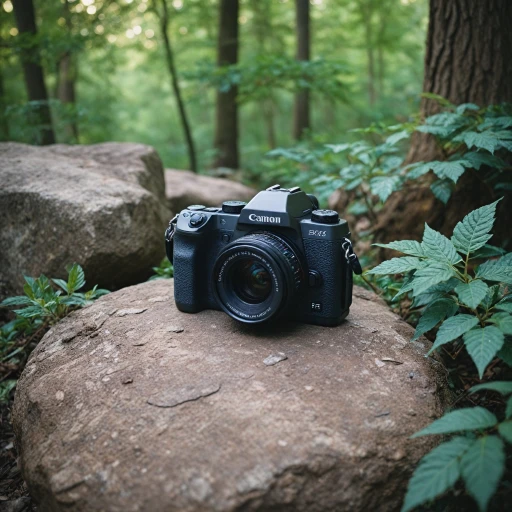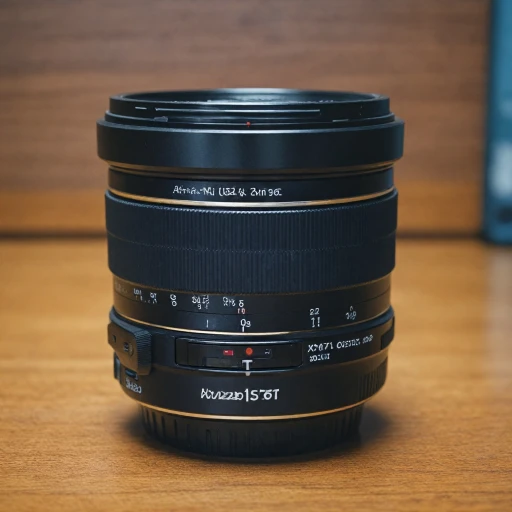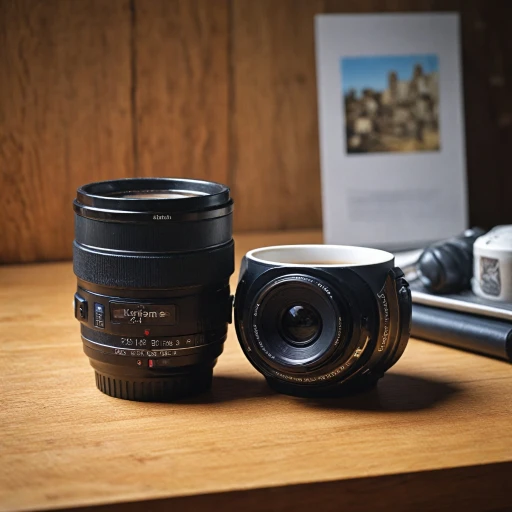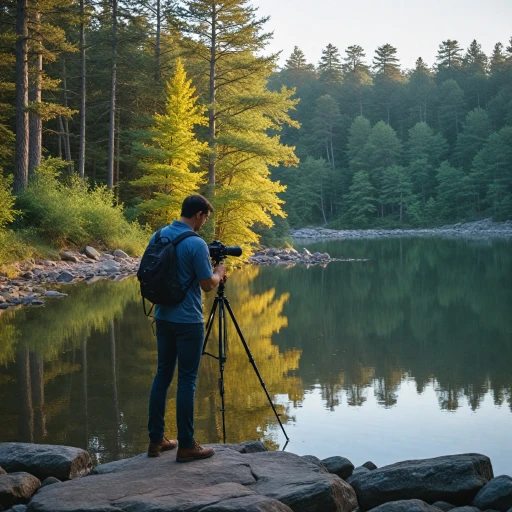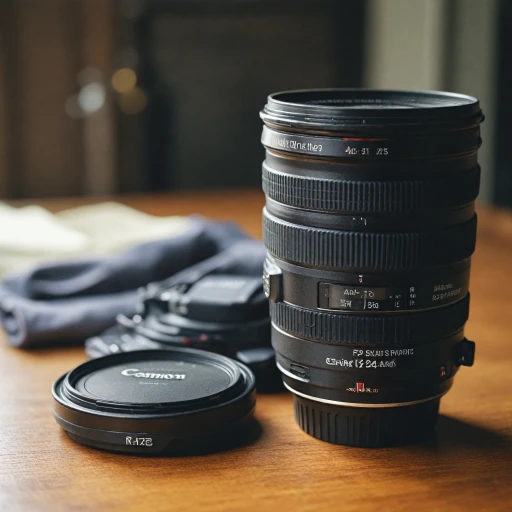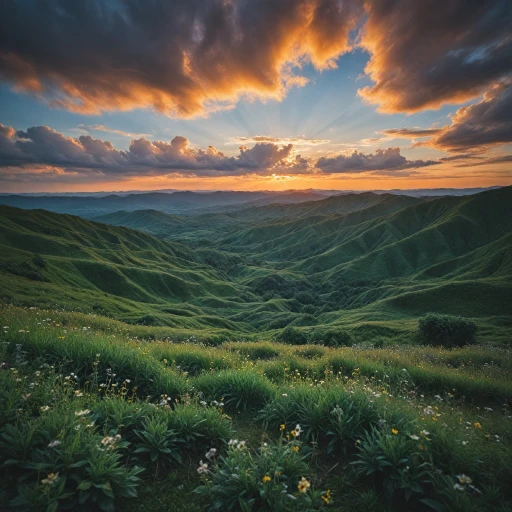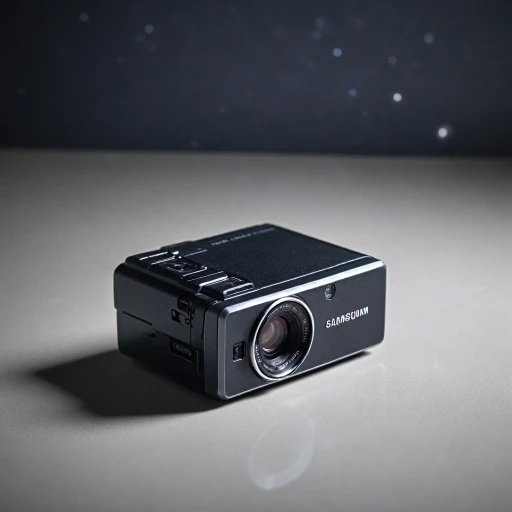
Defining Prime and Zoom Lenses
Exploring the Basics of Lenses
When it comes to photography, understanding the differences between prime and zoom lenses is essential for capturing stunning images. Both types offer unique qualities that cater to diverse photographic needs.
A lens serves as the eye of your camera, focusing light onto the sensor. The prime and zoom categories are distinguished primarily by their focal length mechanisms. A prime lens has a fixed focal length, which means you cannot zoom in or out. This constraint necessitates moving closer to or further from your subject to adjust composition. On the other hand, a zoom lens provides a range of focal lengths, allowing you to shift seamlessly between wide angles and telephoto views without needing to change lenses.
The choice of lens type also influences other aspects such as maximum aperture, depth of field, and image quality. Understanding these basics will enable you to make informed decisions as we dive deeper into the advantages of each type and specific scenarios where one might be better suited than the other.
Advantages of Prime Lenses
Why Prime Lenses Stand Out
Prime lenses are often celebrated in the photography world for their unique qualities. Unlike zoom lenses, which offer a range of focal lengths, prime lenses have a fixed focal length. This might seem like a limitation, but it actually comes with several advantages that can enhance your photography experience.
- Superior Image Quality: With fewer moving parts and a simpler design, prime lenses generally provide sharper images and better overall image quality. This makes them an excellent choice for photographers who prioritize clarity and detail.
- Wider Apertures: One of the standout features of prime lenses is their ability to offer wider maximum apertures. This allows for better performance in low light conditions and provides more control over depth of field, enabling you to create stunning bokeh effects.
- Lightweight and Compact: Due to their simpler construction, prime lenses are often lighter and more compact than zoom lenses. This makes them easier to carry around, especially when you're on the move or traveling.
- Encourages Creativity: The fixed focal length of a prime lens encourages photographers to move around and explore different angles and compositions, fostering creativity and a deeper understanding of photography techniques.
Choosing a prime lens can be particularly beneficial for those who focus on portrait or landscape photography, where image quality and light handling are crucial. To delve deeper into the compatibility of lenses, you might find it helpful to explore the compatibility of four-thirds lenses on micro four-thirds systems.
Advantages of Zoom Lenses
Why Zoom Lenses Excel in Versatility
When it comes to versatility, zoom lenses have an undeniable edge over their prime counterparts. These lenses allow photographers to adjust the focal length with ease, offering a flexible range suitable for various types of photography, from landscapes to wildlife. If you're tackling events like weddings or sports, a zoom lens can quickly adapt to rapidly changing scenes, capturing comprehensive images without needing a lens swap. Zoom lenses allow more creative control over composition. Switching between wide-angle shots and tight close-ups becomes a seamless process. For instance, telephoto zoom options can fill the frame with distant subjects while maintaining image quality, a boon for wildlife photography. Many photographers appreciate the convenience factor offered by zoom lenses. Instead of carrying multiple lens options, a single zoom often covers the majority of standard focal ranges necessary for diverse shooting scenarios. Incorporating quality elements such as Canon’s USM (Ultra Sonic Motor) technology further enhances fast, quiet autofocus capabilities, crucial in capturing fleeting moments. The ability of zoom lenses to handle varied lighting conditions can't be overlooked either. Newer models balance focal lengths and maximum apertures effectively, producing clear images even in less than optimal light situations. This characteristic proves to be particularly helpful in low light scenarios where prime lenses may typically excel. For those keen on landscape photography or wanting to capture wide-angle vistas without losing details, one might explore the utility of adding a telephoto zoom to their kit. Not only do these lenses offer a dynamic range, but they also help achieve sharp and vibrant images across different focal lengths. This flexibility makes zoom lenses an attractive choice for photographers seeking the convenience of achieving diverse imagery styles with a single glass. The versatility afforded by zooms is unmatched, and the imagery prowess they enable is a huge plus in favor of these lenses. For readers interested in exploring practical uses of photography gear, you might find the versatility of the 130 backpack a compelling addition to your photography outings.When to Choose a Prime Lens
Optimal Scenarios for Selecting a Prime Lens
When you're contemplating whether a prime lens is the right choice for your photography arsenal, certain scenarios and shooting conditions favor these lenses over zooms. Here's when you might want to reach for a prime lens:- Low Light Conditions: Primes generally feature a larger maximum aperture compared to zoom lenses. This allows more light to hit the camera's sensor, making them exceptional for low light photography where every bit of light is precious.
- Image Quality Prioritization: Enthusiasts appreciate prime lenses for their superior image quality. With a fixed focal length, primes minimize optical distortions and typically produce sharper images—a crucial factor when detail is paramount.
- Portrait Photography: Thanks to their ability to create a strong separation between subjects and backgrounds, prime lenses are stellar for portrait photography. The wide aperture provides a beautiful bokeh effect, enhancing the aesthetic appeal of portraits.
- Travel and Street Photography: A prime lens encourages a creative and disciplined approach. Its limitations in focal lengths spur you to move to capture the image, resulting in a more engaging experience, perfect for travel and street photography.
- Wide Angle or Standard Focal Length Preferences: If you're consistently working within specific focal lengths, especially wide angle, a prime lens can be the more economical and lightweight choice without sacrificing performance.
When to Choose a Zoom Lens
Deciding on a Zoom Lens for Versatility
When it comes to choosing a lens for your camera, zoom lenses offer a level of versatility that can be incredibly appealing. If your photography involves varying distances and subjects, a zoom lens might be the better choice. With a zoom lens, you can effortlessly switch between different focal lengths without changing the lens, making it ideal for dynamic situations.
Consider scenarios like travel photography, where you might encounter a wide range of scenes, from sweeping landscapes to detailed architecture. A zoom lens allows you to adapt quickly, capturing images with different focal lengths without missing a beat. This flexibility is particularly useful in environments where changing lenses frequently isn't practical.
Zoom lenses are also beneficial in low light conditions. Many modern zooms come with features like image stabilization and a wide maximum aperture, helping you capture clear images even when the light is less than ideal. For instance, a telephoto zoom lens can be invaluable for capturing distant subjects with clarity, making it a favorite among wildlife photographers.
While prime lenses are known for their superior image quality and sharpness, the convenience of a zoom lens often outweighs these benefits for photographers who need to be ready for anything. Whether you’re shooting with a Canon or another brand, the ability to fill your frame with the perfect shot without changing lenses can be a game-changer in your photography journey.
Making the Right Choice for Your Needs
Deciding the Best Lens for Your Photography Style
When determining what lens is ideal for your photography needs, it's important to reflect on your style and requirements. Here's a quick guide to help you make an informed decision.- Consider Your Photography Goals: If capturing crisp, high-quality images is your goal, prime lenses are often favored for their superior image quality. They usually come with a larger maximum aperture, allowing for excellent performance in low light.
- Think About Versatility: Zoom lenses offer a dynamic range of focal lengths, making them a solid choice if you're seeking flexibility without the need to swap lenses. For scenarios like wildlife or sports photography, a telephoto zoom lens can fill the frame better due to its broad focal range.
- Weigh the Pros and Cons: As discussed, prime lenses offer unparalleled image quality and sharpness, especially in subdued lighting thanks to their maximum aperture. However, they lack the adaptability of zoom lenses, which enable photographers to capture a variety of perspectives without changing the lens, something quite useful in travel and landscape photography.
- Evaluate Your Equipment Needs: For photographers using Canon cameras, determining the right focal length and aperture that complements your camera body is crucial. Researching your choice of lens can lead to better image quality and creativity in your photography, whether it's a wide angle or a telephoto lens.
